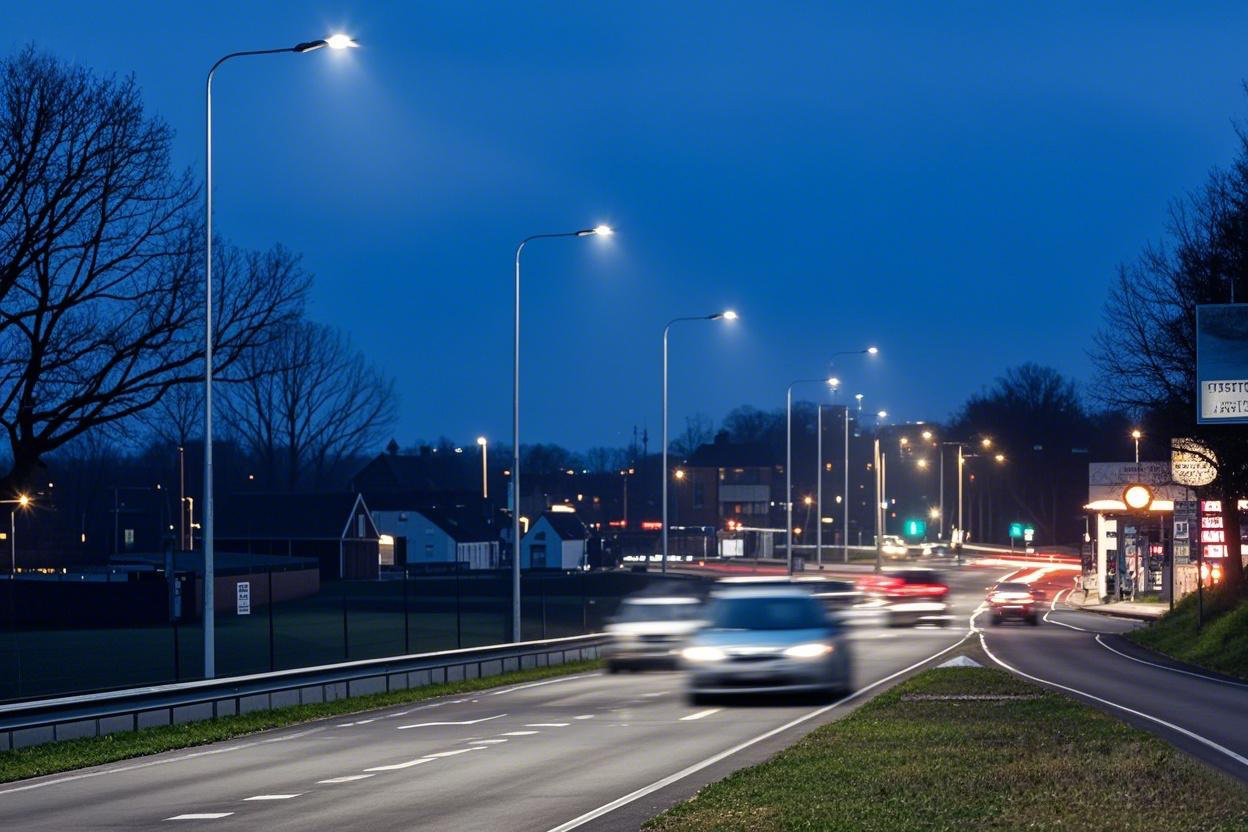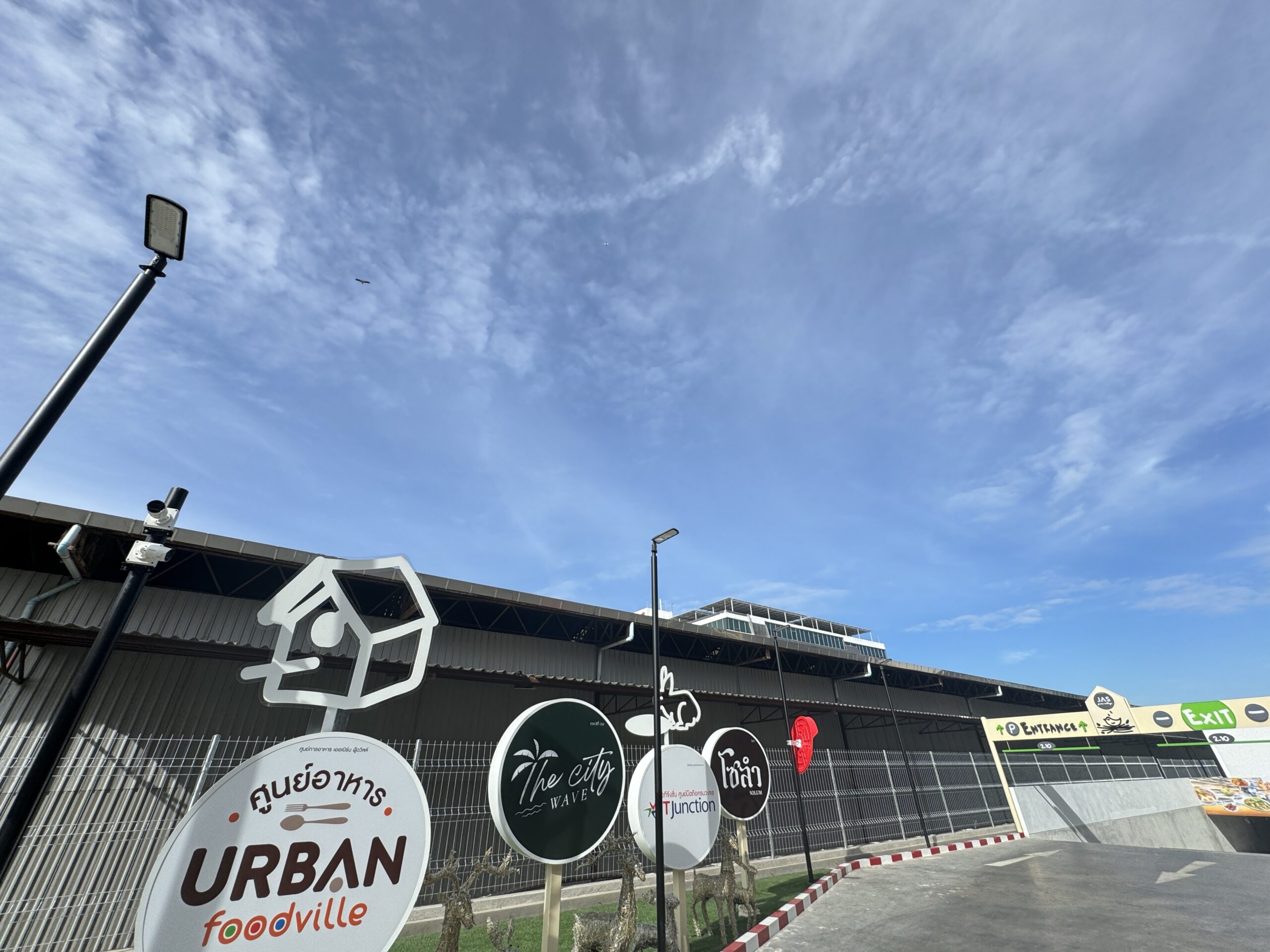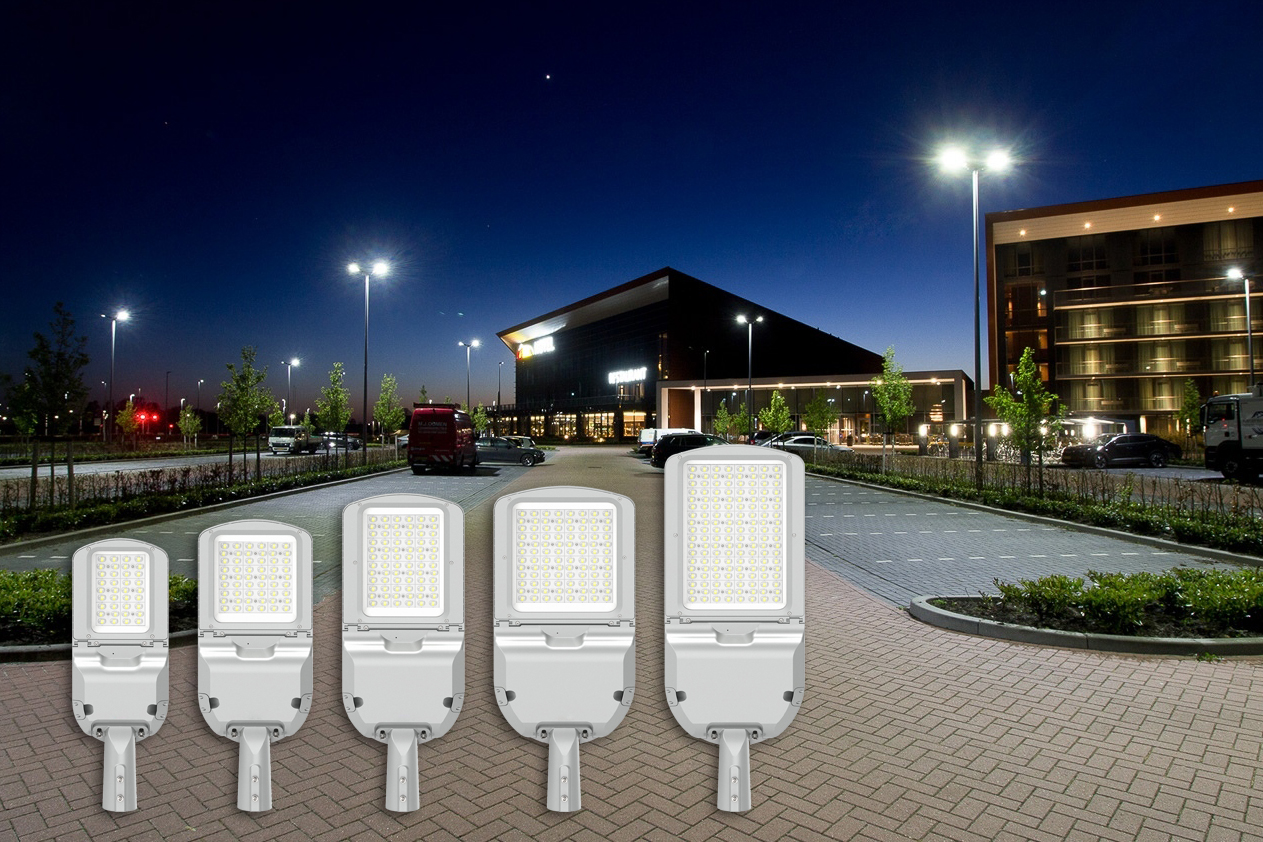
LED Street Light Installation Project in the Netherlands
In the context of global efforts to promote smart cities and energy-saving policies, the modernization and intelligent upgrade of road lighting systems has become a critical aspect of urban infrastructure development. As a pioneer in sustainable development across Europe, the Netherlands is actively introducing high-efficiency LED street lighting to replace traditional high-pressure sodium and mercury lamps. This project aims to implement large-scale LED streetlight installations to upgrade urban road lighting systems with intelligent and eco-friendly solutions.
Project Background and Objectives
This project targets the renovation and optimization of lighting systems on major roads, secondary roads, and residential streets across multiple cities in the Netherlands. By integrating advanced LED lighting technology, the project pursues the following key objectives:
-
Enhance nighttime visibility and improve road safety;
-
Reduce overall energy consumption and maintenance costs;
-
Promote the integration of smart control and remote monitoring systems;
-
Align with EU green energy and carbon neutrality goals.
Core Technology Configuration
-
LED Light Source System
Utilizes high-lumen efficiency LED chips (≥150 lm/W) with a color temperature range of 3000K to 4000K, ensuring optimal visibility and comfort;High color rendering index (CRI ≥ 80) ensures accurate color reproduction, aiding drivers and pedestrians in identifying objects and signage.
-
Optical Design and Light Distribution
Employs secondary optical design for precise beam control, reducing light pollution and energy loss;Customizable asymmetric or bat-wing light distribution for different road widths and lighting needs, ensuring uniform illumination and standard-compliant brightness levels.
-
Smart Control System
Integrated programmable controllers support scheduled switching, automatic dimming, and motion-sensing lighting functions;Compatible with remote management platforms via LoRa, ZigBee, or NB-IoT communication protocols for real-time monitoring, energy data analytics, and fault alerts;Equipped with 5G or edge computing interface options, allowing future expansion into smart city IoT infrastructure.
-
Structure and Materials
Die-cast aluminum housing with anti-corrosion coating meets IP66 waterproofing and IK09 impact resistance ratings;Poles made from hot-dip galvanized steel or aluminum alloy offer strong wind resistance and weather durability, suitable for the coastal climate conditions of the Netherlands.
-
Energy Efficiency and Environmental Compliance
LED street lights achieve over 60% energy savings compared to traditional sources, with lifespans exceeding 50,000 hours, minimizing replacement frequency and resource waste; No UV or IR radiation, mercury-free, lead-free, fully compliant with RoHS and CE environmental standards.
Project Benefits and Social Impact
-
Energy Cost Reduction: The adoption of LED lighting is expected to reduce city-wide road lighting energy consumption by over 65%, significantly lowering public energy expenditures.
-
Improved Road Safety: Enhanced color rendering and uniform illumination improve driver visibility at night, reducing the risk of accidents.
-
Environmental Quality Enhancement: Advanced optics reduce light pollution, protecting both residents’ nighttime comfort and the natural night sky.
-
Upgraded Maintenance Efficiency: Remote fault detection and predictive maintenance systems improve operational efficiency and reduce labor costs.
-
Promoting Green Urban Development: The project aligns with Europe’s carbon reduction objectives and reinforces the Netherlands’ leadership in sustainable urban development.
Conclusion
The LED street light installation project in the Netherlands represents more than just a lighting system upgrade—it is a strategic step towards green transformation and smart city development. With its efficient, environmentally friendly, and intelligent design, the LED lighting system will provide long-term energy support and technological backbone for the Netherlands’ urban infrastructure. This project also serves as a valuable reference for other regions aiming to implement sustainable and smart lighting solutions, strengthening the country’s image as a model for green cities worldwide.



